Visit Carthage
Visit Carthage

Visit Carthage
James Travis Reeves
Gentleman” Jim Reeves, famous for his velvet voice, died in a plane crash on July 31, 1964. A life-sized sculpture of the famous singer marks his grave on a one-acre, tree-covered plot of ground, 1766 US 79N, three miles east of Carthage on U.S. Highway 79. Thousands of visitors from every state and many foreign countries have visited the site.
In 1967, his favorite dog Cheyenne was buried inside the concrete circle surrounding the grave of his former master just a few feet to one side and to the rear, in just about the same position Cheyenne would have assumed in following his master.
Reeves was born James Travis Reeves in Galloway, Texas, a small rural community near Carthage, Texas. He became known as a crooner because of his warm, velvety voice. His songs were remarkable for their simple elegance highlighted by his rich light baritone voice. Songs such as “He’ll Have to Go,” “Adios Amigo,” “Welcome to My World,” and “Am I Losing You” demonstrated this approach. Jim Reeves’ Christmas songs have been perennial favorites, including songs such as “Silver Bells,” “Blue Christmas,” and “An Old Christmas Card.”
For many years, Reeves mixed college life with baseball and music. Influenced by such Western swing artists as Jimmie Rodgers and Moon Mullican, as well as popular crooners Bing Crosby, Eddy Arnold and Frank Sinatra, it was not long before he got a foothold into the music industry. For a time, he was a member of Moon Mullican’s band, and worked as a DJ and announcer with local radio stations. He made some early, Moon Mullican-style recordings like “Each Beat of my Heart” and “My Heart’s Like a Welcome Mat” in the late 1940s/early 1950s.
After an injury cut short his minor-league baseball career with the St. Louis Cardinals’ farm system, his musical break came while working as announcer on KWKH Radio in Shreveport, Louisiana. Singer Sleepy LaBeef could not make it on time for a performance on the Louisiana Hayride, according to former Hayride emcee Frank Page, and Reeves was asked to fill in. (Other accounts—including Reeves himself, in an interview later released on the RCA album “Yours Sincerely”—name Hank Williams as the absentee.) Reeves’ singing career was launched.
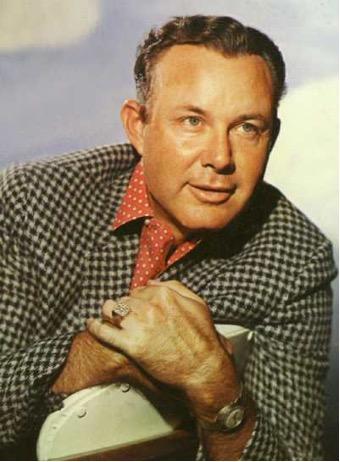
Visit Carthage
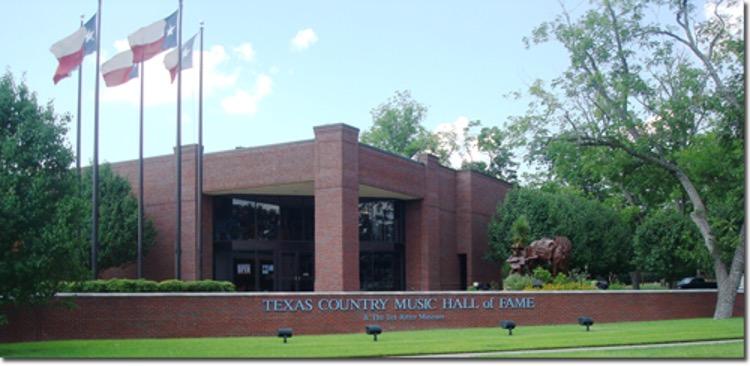
Texas Country Music
Hall of Fame
Visit Carthage
Old Panola
County Jail
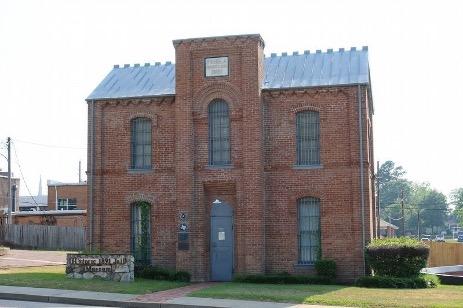
Designed by J. N. Carnes and completed in 1891, this structure served as the Panola County Jail for sixty-two years. The two-story brick building exhibits Italianate and Romanesque style influences and features a symmetrical facade with projecting tower, arched openings, and corbelled detailing. It was used as a city jail from 1953 to 1965. A restoration project begun in 1988 converted it to a community museum and historical center.
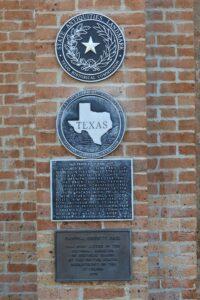
Visit Carthage
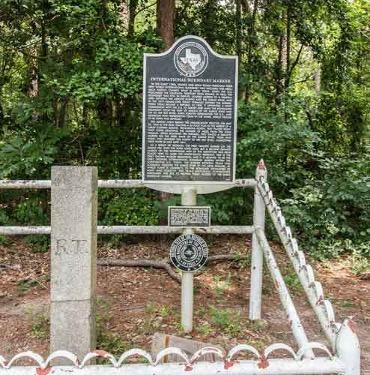
International Boundary Marker
The International Boundary Marker, also known as the Republic of Texas Granite Marker, is a boundary marker located on the Louisiana-Texas border near the junction of Texas FM 31 and Louisiana Highway 765, southeast of Deadwood, Texas. The marker was created in 1840 and placed in 1841 to mark the international border between the United States and the Republic of Texas. The survey which established this border lasted from May 1840 to June 1841; the survey team faced hazardous, swampy conditions in their work and were forced to take several extended breaks due to weather and a lack of funding. The boundary marker is the only marker remaining from the Texas border survey and is one of only two known international boundary markers located entirely within the United States (the other being Ellicott’s Stone near Mobile, Alabama).
The property of the 3 acres (1.2 ha) area is shared between DeSoto Parish, Louisiana (1 acre) and Panola County, Texas (2 acres), with the marker itself being a direct property of U.S. Government
The marker was added to the National Register of Historic Places on April 13, 1977. In 1980, the marker was designated as a State Historic Civil Engineering Landmark by the Texas and Louisiana Sections of the American Society of Civil Engineers.
Visit Carthage
Sabine River Paddling Trail
Getting There
Put-in:
Public Boat Ramp, FM 2517 DD 32.1256, -94.2022 From Carthage, head southeast on US Hwy 59. About one mile past Loop 149, turn east off Hwy 59 onto FM 2517 and continue for 4.5 miles to the public boat ramp (on the north-east side of the bridge crossing the Sabine River).
Take-outs:
CR 438 (McFadden Landing) DD 32.0026, -94.1323 For a bit shorter paddle, there is an alternate take-out on the west side of the Sabine River at McFadden Landing. From Carthage or from where FM 699 crosses FM 2517, head south on FM 699 and then east on CR 430 to CR 432. Turn onto CR 438 which dead ends at the public boat ramp named McFadden Landing. Yellow Dog County Park, CR 455 DD 32.0043, -94.0922 From the Put-in location go east on FM 2517 across the Sabine River to Hwy. 31. Go south on Hwy. 31 to CR 455. At the end of CR 455 on the west side of the Sabine River will be Yellow Dog County Park, the main trail take-out.
Visit Carthage
Lake Murvaul
The best kept secret in East Texas! Lake Murvaul is located ten miles southwest of Carthage on Murvaul Creek in the Sabine River basin in Panola County three miles south of Clayton and 14 miles north of Timpson. Bring your family to camp or picnic at the Murvaul campground and swim, boat, fish, and paddle on the lake. We have kayaks and peddleboats available for rent. Enjoy meals and snacks and find lures and live bait at our well-stocked marina. Lake Murvaul is an excellent largemouth bass fishery, producing bass over 8 lbs. Channel catfish and crappie are present in high numbers and provide excellent opportunities for anglers. Sunfish can be harvested at certain times of the year. The lake is owned and operated by the Panola County Fresh Water Supply District Number One, with offices at the lake.
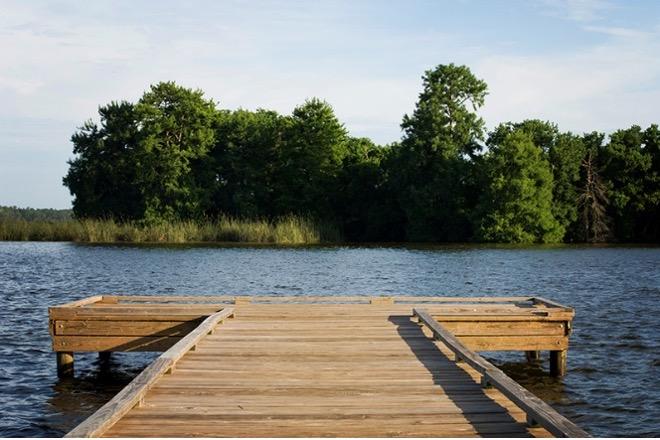
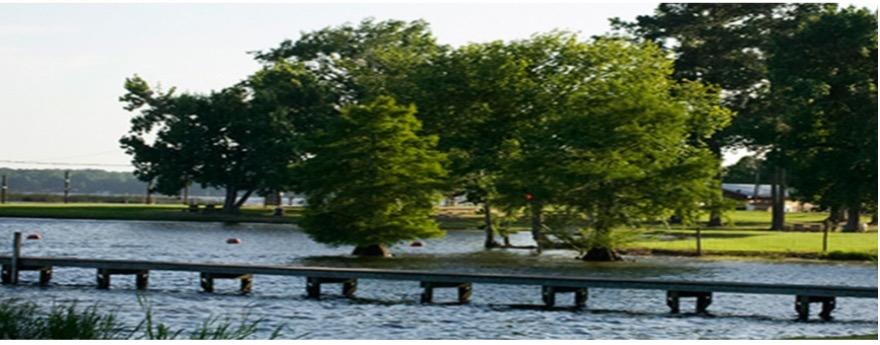
Visit Carthage
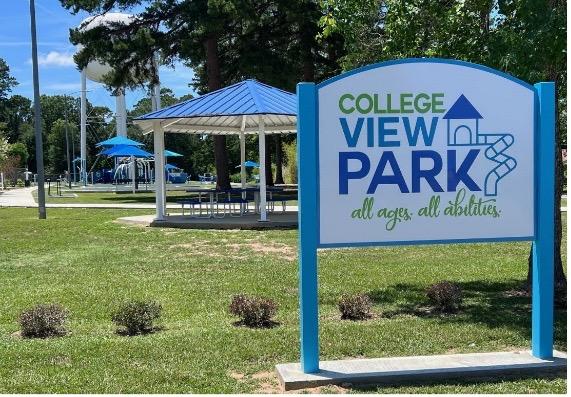
College View Park
Located off Bird Drive at 251 Jessie Drive, the park is the newest addition to the city. It is a park for all ages and all abilities and was selected in 2022 as the winner of the Texas Municipal League Excellence Award. It is the only one of its kind within 60 miles and serves as the sole National Demonstration Site for a park of its kind in East Texas.
Visit Carthage
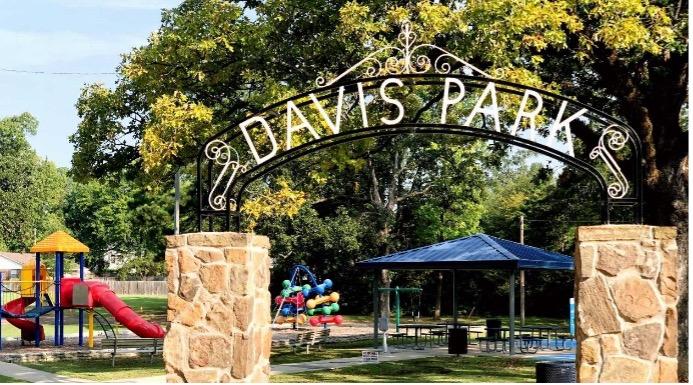
Davis Park
Located at 200 Community Drive, Davis Park is the oldest park in the city. It has a playground, a splash pad, picnic tables, and a community building is available to rent. Restrooms are also available at the south end of the property.
Visit Carthage
Splash Pad
Located in Davis Park at 200 Community Drive, the Splash Pad opens on May 1 and runs every day until September 30. The hours are 10am – 8pm. A covered pavilion with tables sits next to the Splash Pad and may be reserved by contacting City Hall (903.693.3868) for use with birthday parties or other events. Restroom facilities are available at the south end of the park.
Visit Carthage
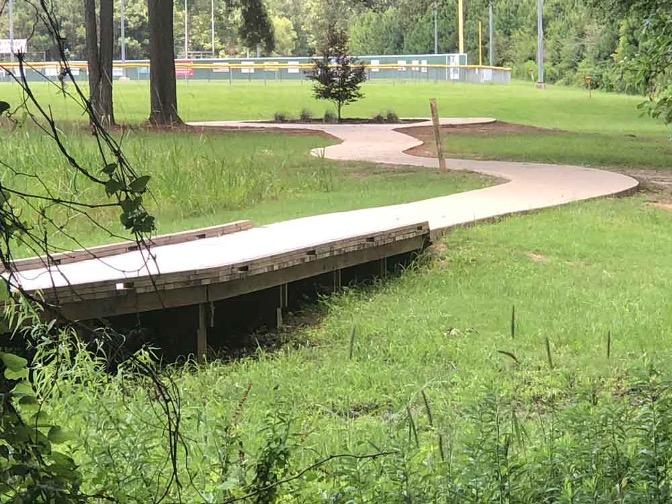
Walking Trail
Located on Ball Park Road off the south loop, the trail is approximately 3/4 mile long and winds along the wooded area on the northeast side of the Municipal Park. Take a leisurely and relaxing stroll with your pets or just enjoy the solitude of the nature trail and watch for the various species of wildlife.
Visit Carthage
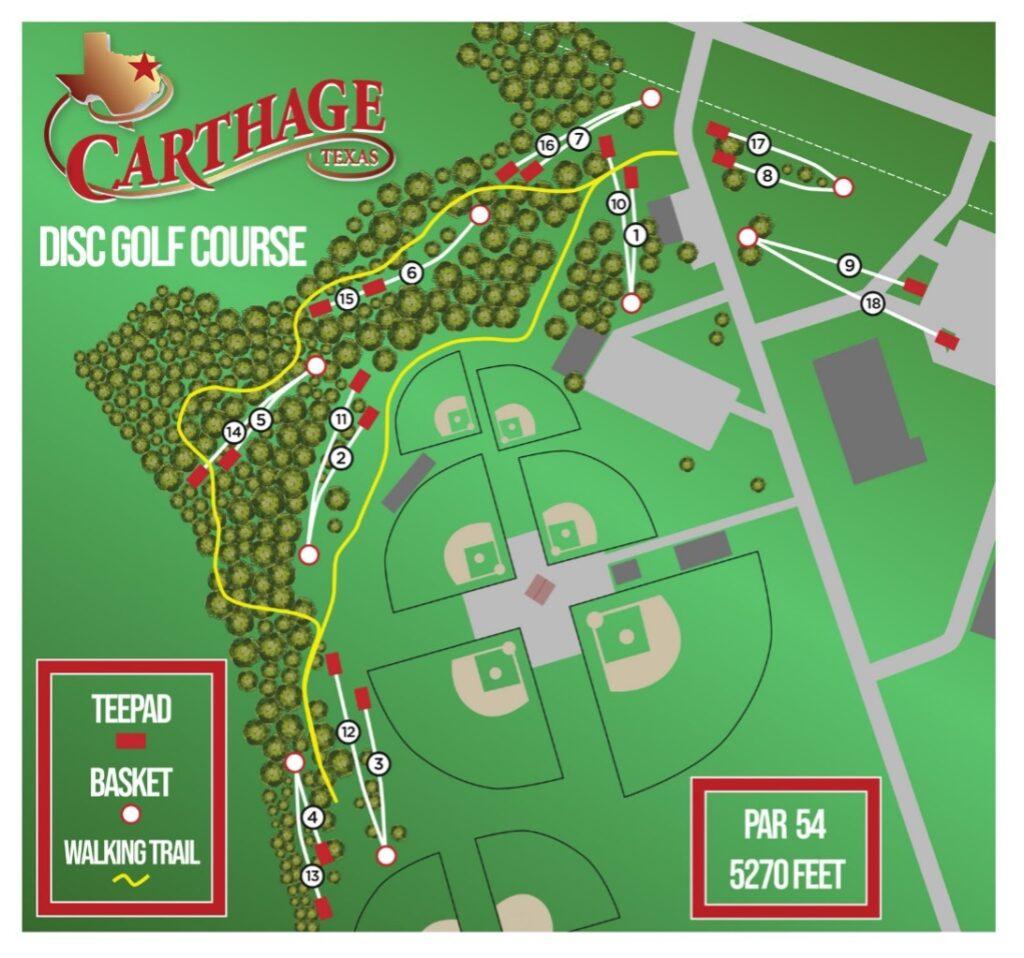
Disc Golf
Located at the Carthage Walking Trail and Municipal Park at #1 Ballpark Road on the South Loop. The course is 18 holes with a par 54 and is 4922 feet. The course is open to the public and is no charge to play.
Visit Carthage
Anderson Park
Located at the Carthage Walking Trail and Municipal Park at #1 Ballpark Road on the South Loop. The course is 18 holes with a par 54 and is 4922 feet. The course is open to the public and is no charge to play.
Visit Carthage
Esquire Theater
Esquire Theater
Downtown Carthage, Texas
116 W. Sabine St.
Carthage, Texas 75633
Visit Carthage
Sculptures
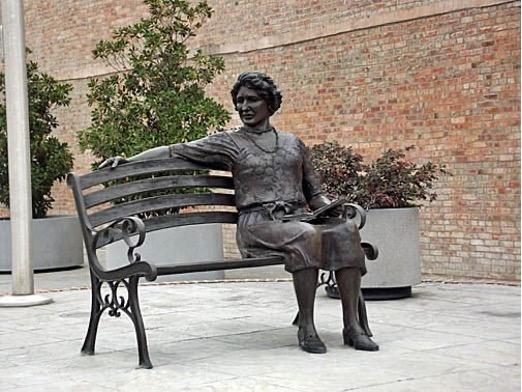
The life size bronze statue of Margie Neal by Bob Harness is located across from the town square in Carthage, Texas. The statue is seated on a park bench with her right arm draped across the back. Her left hand is holding a book. Her hair is short and she is wearing a dress with a bow at the waist and pearls around her neck. On her feet are pumps.
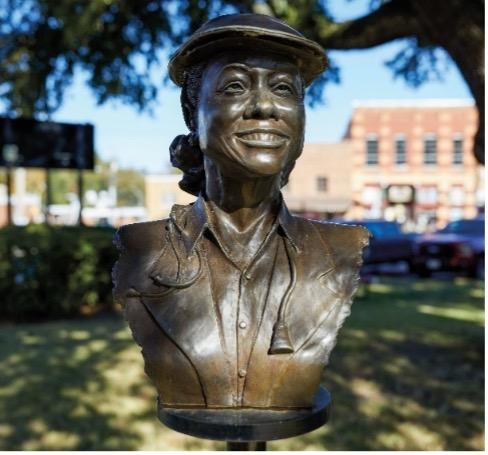
Mildred Fay Jefferson (April 6, 1927 – October 15, 2010)[1] was an American physician and anti-abortion political activist. The first black woman to graduate from Harvard Medical School, the first woman to graduate in surgery from Harvard Medical School and the first woman to become a member of the Boston Surgical Society, she is known for her opposition to the legalization of abortion and her work as president of the National Right to Life Committee.
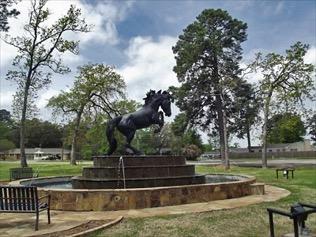
A black horse in the middle of a fountain at Panola College entrance.
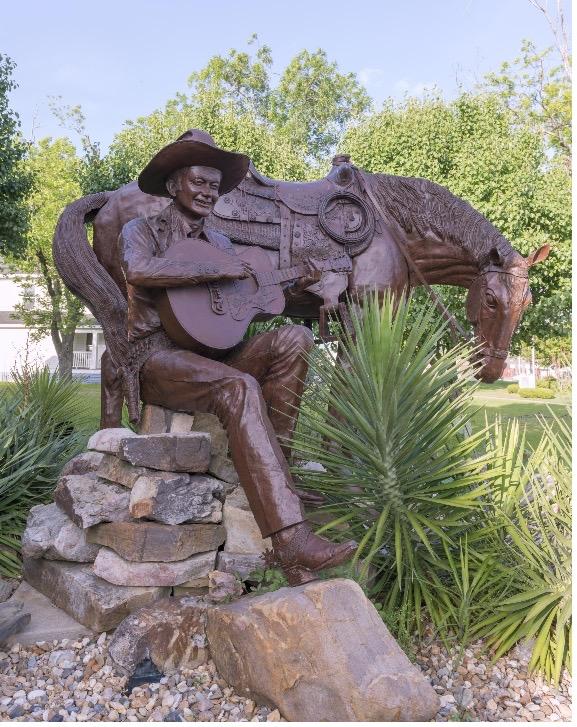
Statue of Tex Ritter, an early “singing cowboy,” outside the Texas Country Music Hall of Fame and Tex Ritter Museum
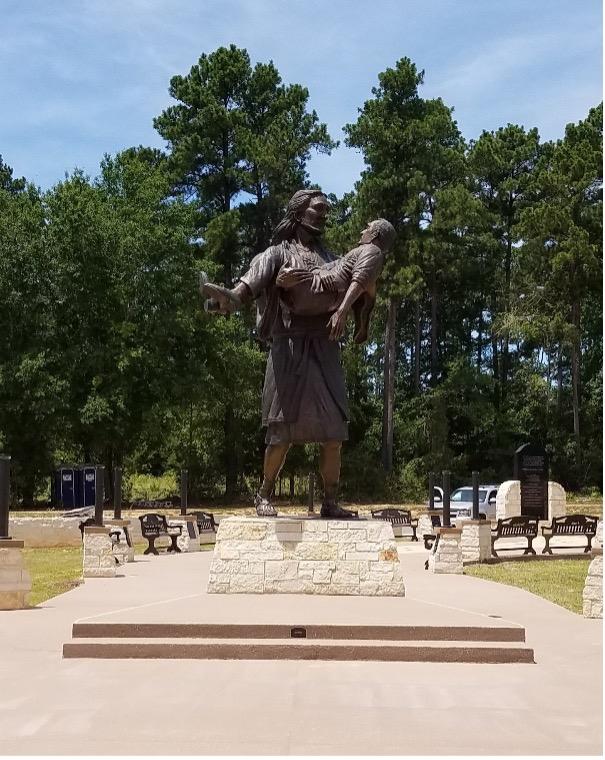
Local sculptor Bob Harness had a vision that has turned into a reality–a 14 foot statue of Jesus depicting the words to the poem “Footprints in the Sand”. The park is located on the south west loop in Carthage, approximately 1/4 mile south of Hwy 315 at 1320 Dixie Lake Road. Visit day or night, the park is always open to visitors and is well lit at night.
